Here is a typical High Definition local news format using KCRA Sacramento, CA as an example. The format must accommodate 16:9 and 4:3 display.
The HDTV news set
As seen on 4:3 NTSC channel
A typical pillar box 4:3 upscaled news story
As seen on 4:3 NTSC channel
HD Helecopter cam
As seen on 4:3 NTSC channel
HD Weather Plus
As seen on 4:3 NTSC channel
Three shot
As seen on 4:3 NTSC channel
PS: If those news anchors look familiar (Dave Walker and Lois Hart) the married couple anchored the original CNN news from day 1 (June 1, 1980) until 1989.
Try StreamFab Downloader and download from Netflix, Amazon, Youtube! Or Try DVDFab and copy Blu-rays! or rip iTunes movies!
+ Reply to Thread
Results 61 to 71 of 71
Thread
-
-
HDTV is a scam.
As mentioned previously, HDTV only looks really impressive on a huge HD-capable TV set, typically 50" or larger...but...you must sit so far away from such a gigantic TV set that you lose most of the effect of the super-detailed picture.
Add to this the fact that none of the stuff you want to watch is available in HD or will ever be available in HD, and it's a recipe for spending vast amounts of cash for very little result.
I'm a fan of old science fiction films. Most of these aren't even available commercially on REGULAR DVD. Hell will freeze over before they'll ever be available in HD.
Moreover, a good line-doubler makes a an older film recorded to DVD and played back through an HD-capable TV set look good enough that waiting for the orignal HD version is pointless.
To top it all off, I watch everything through a 20" standard CRT-tube TV and despise the washed-out off-color rancid look of LCD TVs, while I'm not interested in paying vast amounts of cash for a plasma TV set that suffers from burn-in and will fry and die in only a few years (unlike a CRT-tube TV, which will last essentially forever).
HD is the video equivalent of Super Audio CD / DVD-Audio. In short, a scam that the public will shun. Don't waste your time. -
NBC Nightly News went HD starting yesterday.
http://www.wsls.com/servlet/Satellite?pagename=WSLS%2FMGArticle%2FSLS_BasicArt icle&c=MGArticle&cid=1173350417524&path=!news!loca lnews


upscaled 4:3 report
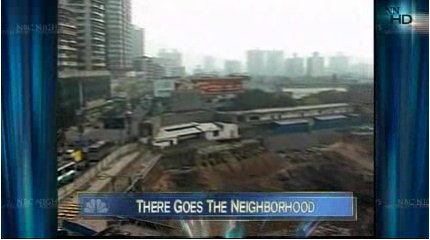
upscaled 4:3 report
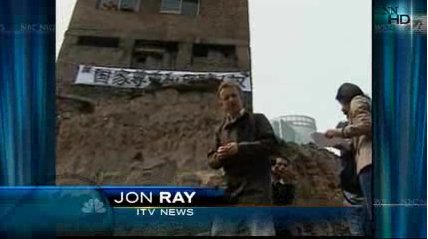
-
I Agree, lordsmurf & Beams. In fact, I have a lot against digital video to begin with. I saw a 'Net site where the author stated something to the effect that digital tv is superior to analog because digital "has no noise". Really? I see noise aplenty thru my digital box 24/7/365, and it's more annoying IMHO than plain old analog cable noise. Digital just looks different, but it's still noise.Originally Posted by lordsmurf
Digital/HDTV/DVD etc. an improvement in overall detail? Sure it is, albeit with every digital artifact in the book. Then you buy an LCD monitor that takes half the detail away and makes everything look like colored jello with a lot of colors and shades that just don't show up at all.
I am with lordsmurf on the virtues of CRT, whether analog or HD. Frankly I don't care if some broadcasts appear letterboxed on my 32" 4:3 CRT as long as I can see the entire frame. I usually view thru my DVD recorder anyway, which lets me zoom the letterboxed pic if I think it's too small. There's so much about the HDTV hooey that approaches the absurd. Far too often I visit a home where people are sitting watching 4:3 broadcasts stretched out over a 16:9 display that makes nubile young gals look as if they weigh 350 pounds. There's no way I'll watch my "Casablanca" DVD just to see Ingrid Bergman's boobs blown out horizontally and her nose 14" wide. Ridiculous. Is there something inherently wrong with viewing a 4:3 image in its natural proportions on a widescreen set and seing black borders at the edges? It's so easy for me to ignore those borders -- far easier than not seeing half the original detail, easier than seeing every skin tone look like as if its owner fell asleep for 6 hours under a tanning lamp. Easier than bleeding reds, smeared yellows, missing eyebrows, motion artifacts, cyan blotches, and all the other visual b.s. that HDTV has so generously provided, at higher cost.
Another rant: why anyone needs to sit 6 feet away from a 42" screen is beyond me. Does anyone know why people need this? Is it the nationally ubiquitous visual disorder it appears to be? And why can't LCD owners see that the picture is so screwed-up? Any insight would be helpful but, frankly, I'd rather have my 100-pound CRT any day, letterbox or no letterbox. It's an analog set but it has a great pic -- people keep asking me "Gee, when did you buy your new high-definition TV? Great picture!" My answer is that my Toshiba is 4 years old, it's analog CRT, and there's no way I'm getting rid of it. -
HDTV has it's problems, to be sure... but it really is a huge improvement over analog NTSC in general.
The display type and how it is set up is very important. I personally prefer DLP rear projection over the other technologies for a variety of reasons. I'm on my third DLP HDTV now... a 62" 1080p Toshiba DLP I got last year. I sit about 10 to 12 feet from it and the HD picture is simply amazing when the feed is good (I have digital cable with the HD box). While I have not invested in ISF calibration, I did use Digital Video Essentials and other test patterns to tweak the picture settings to achieve a very nice and fairly accurate image.
Standard definition digital cable looks pretty decent (better on some channels than on others). Same with the analog cable channels... some look better than others. The DLP and LCoS 1080p displays have improved their SD picture quality a great deal in the last year or so.
With DLP, there is no way to cause burn in damage no matter what you do so I watch all 4:3 content pillarboxed as it should be. It looks much better that way (I hate Stretch-O-Vision, too). The 4:3 picture size is about 53" diagonal on my set.
I don't like the way plasma and LCD flat panels look. The picture seems sort of plastic or fake to me. They have improved quite a bit recently, but still not my cup of tea.
The DLP and LCoS sets (especially the 1080p models) have a much more film-like look to them. Very similar to front projection experience. They don't look like CRT television sets.
Rear projection CRT HDTV's still have a following and certainly can look very impressive when properly set up.
Still, I prefer DLP overall for large screen viewing. Perfect image geometry, no convergence problems to deal with, very good contrast ratio compared to other projection TV's, great color, good blacks, smooth picture with no "screen door effect" and of course high resolution capability (my Toshiba can display a 1920x1080 resolution test pattern down to the single pixel level with no problem at all).
All in all, my family's viewing experience has been enhanced and improved very much by going to large screen HDTV and DLP technology... especially when watching DVD movies and network HD programs. The large immersive picture combined with a fairly good surround audio system provides a movie theater feel that a standard TV can't duplicate. More HD content is being produced every day, and with the advent of existing and future HD playback gear like HD-DVD and Blu Ray the possibilities are expanding all the time. -
I'm in general agreement there, gShelley61. And I'm certain there are more improvements on the way (lordy, I hope so!). I'm sticking with my analog CRT until the digital world settles down over the the next 3-4 years. BlueRay already wants me to either throw away my huge collection of DVD's or fill my a/v shelf with yet another player (and another remote stick? No, no, I can't take it! We have 5 remotes in a huge holder on our coffee table now). I'll likely choose HD-DVD over BlueRay anyway.Originally Posted by gshelley61
Stretch-O-Vision? Nice description. Can't tolerate it, especially since it's so easy to correct.
I once tried to show a neighbor how to set their pricey HDTV to automatically adjust for wide-screen and 4:3 incoming images. They looked at the 4:3 image and complained, "But it doesn't fill the whole screen! It's not HDTV!". Actually, the broadcast really was on an HDTV channel, it was just showing and old 4:3 movie ("Shane"). Jack Palance has an eerie face to begin with, but have you seen his visage stretched out to 16:9? Scary -- but not in the way George Stevens intended.
People who can't set an alarm clock are buying these things and never use the Menu button (they wouldn't know what to do with the menu anyway). Friend of mine bought a digital camera and still doesn't know how to turn it off; they just put it aside until the camera uses auto shutoff, then they complain about the short life of the batteries and just keep buying more and more of them. I suggested they read the user manual, they reply they "don't know how to read user manuals". Yet big pictures showing you where the on/off button is located takes up an entire Page 3.
It's a national sickness. How is it that people are clever enough to acquire the bucks for all this equipment they don't now how to use? I have a Panasonic ES20 DVD recorder that a friend GAVE me because they couldn't figure out how to make it record anything.....well, I'm happy to be concurrent with the learning curve in that case.
Sorry, I shouldn't be taking up bandwidth to rant. I understand that some of this technology is difficult for many to grasp. But what is the rush and expense to get into it, accept substandard results, and claim that it's "better"?
I'm avoiding this subject in the forums for the next several years. For me, it's worse than watching cable news. -
For any who doubt the value of HD as a technology, you need to see the new Discovery "Planet Earth" series. The first 5 episodes and the "making of" are airing today on the Discovery HD channel in North America. This is a landmark series. Try to catch some of it in a store. The second in the series is about to start.
http://dsc.discovery.com/guides/planetearth/planetearth.html
http://dsc.discovery.com/convergence/planet-earth/planet-earth.html
http://www.highdefforum.com/showthread.php?p=273087
http://www.engadgethd.com/2007/01/10/planet-earth-coming-to-discovery-hd-theater-in-march/
Here is a PDF that describes the Cineflex lens system that made this series possible. The technology is similar to that used in current generation news helecopters.
http://www.tonymonkfilms.com/uploadGallery/Cinegyro%20article%20Mike%20Brennan%202004.pdf
http://www.helinet.com/cineflex.phtml -
Over the next 10 to 15 years, the creative and technical community will be forced to deal with having to simultaneously transmit the same program using two TV channels, one for programs in the existing analog format and the other in any or all of the new digital formats. There are many difficult issues to be worked out during this period. Some programs will make this transition seamlessly, others will be compromised. But is it impossible to do? No. Simulcasting has a future and upconverting has a limited future. What the real challenge is and what will be truly exciting are the new possibilities--having to re-think existing programs and develop new types of programs. Programs that are best suited to this new format. HDTV and widescreen are enhancing technologies. We are in its infancy, only just beginning to look at the possibilities. Having recently watched a few hours of old black and white television programs, it is easy to see that over the past 30 years we've come a long way. With this exciting new development in Electronic Widescreen High Resolution TV/Computer (television), it is apparent that we still have much to learn--and learn it we must. There is no going back.
-
It's a conspiracy to make everyone spend money for little or nothing.Please Explain HDTV
-
And some theatre owners were no doubt saying the same thing when film went from 4:3 to widescreen in their theatres.Originally Posted by Epicurus8a
As someone who made the jump from a 32" Sd to a 32" HD, I can say the improvement in clarity, IE resolution, is nice.
My DVDs look better, sharper too.
If a improvement in clarity and being able to watch a widescreen DVD as widescreen rather than letterboxed or having part of it chopped off to fill a 4:3 screen is a conspiracy then they are guilty of trying to improve the video you watch.
I was able to hold out with the SD TV as long I was able to avoid seeing a decent HDTV image.
Now for the $750 I spent I have a 32" HDTV and a 32" computer monitor.
Cheers
The TV shows are improved too. -
BTW as edDV says the image quality is amazing on the Planet Earth series. It blows many of the HD channels out of the water. I'm including the networks.
Similar Threads
-
Do Samsung HDTV's have an RF antenna connector for receiving off-air HDTV?
By pianopeddler in forum DVB / IPTVReplies: 2Last Post: 6th Aug 2008, 21:43 -
Need al little help getting my new ati hdtv pci card to sense HDTV channels
By MidnightMike in forum ComputerReplies: 8Last Post: 23rd Jul 2008, 02:12 -
Problems with connection with my Panasonic HDTV and Timewaner HDTV box...
By S4one in forum DVB / IPTVReplies: 7Last Post: 2nd Nov 2007, 22:39 -
Can you explain to me what a HDTV with QAM tuner is?
By davidsama in forum DVB / IPTVReplies: 1Last Post: 30th Sep 2007, 15:17 -
Enigmavision HDTV - HDTV viewer software for ATSC TV tuner cards.
By gc04 in forum Latest Video NewsReplies: 9Last Post: 7th May 2007, 00:32






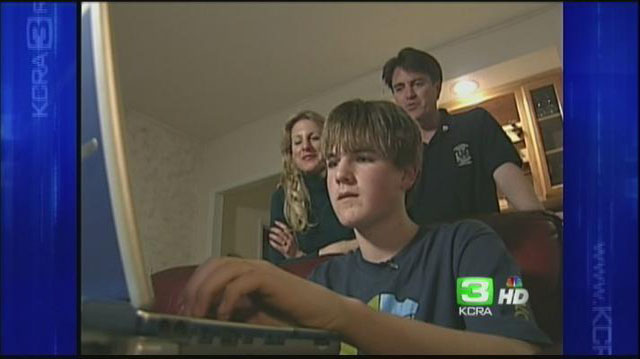
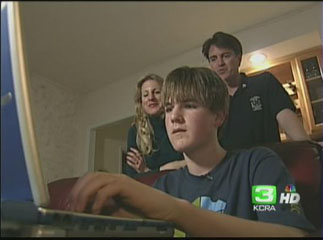
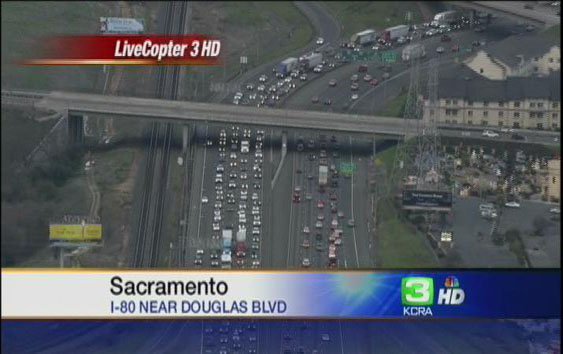
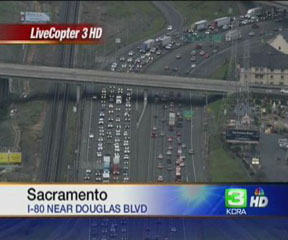

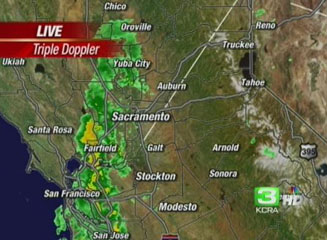
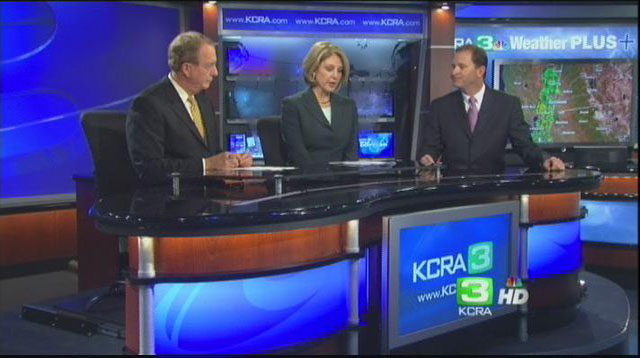
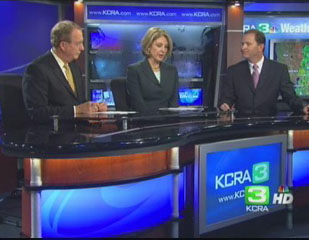
 Quote
Quote